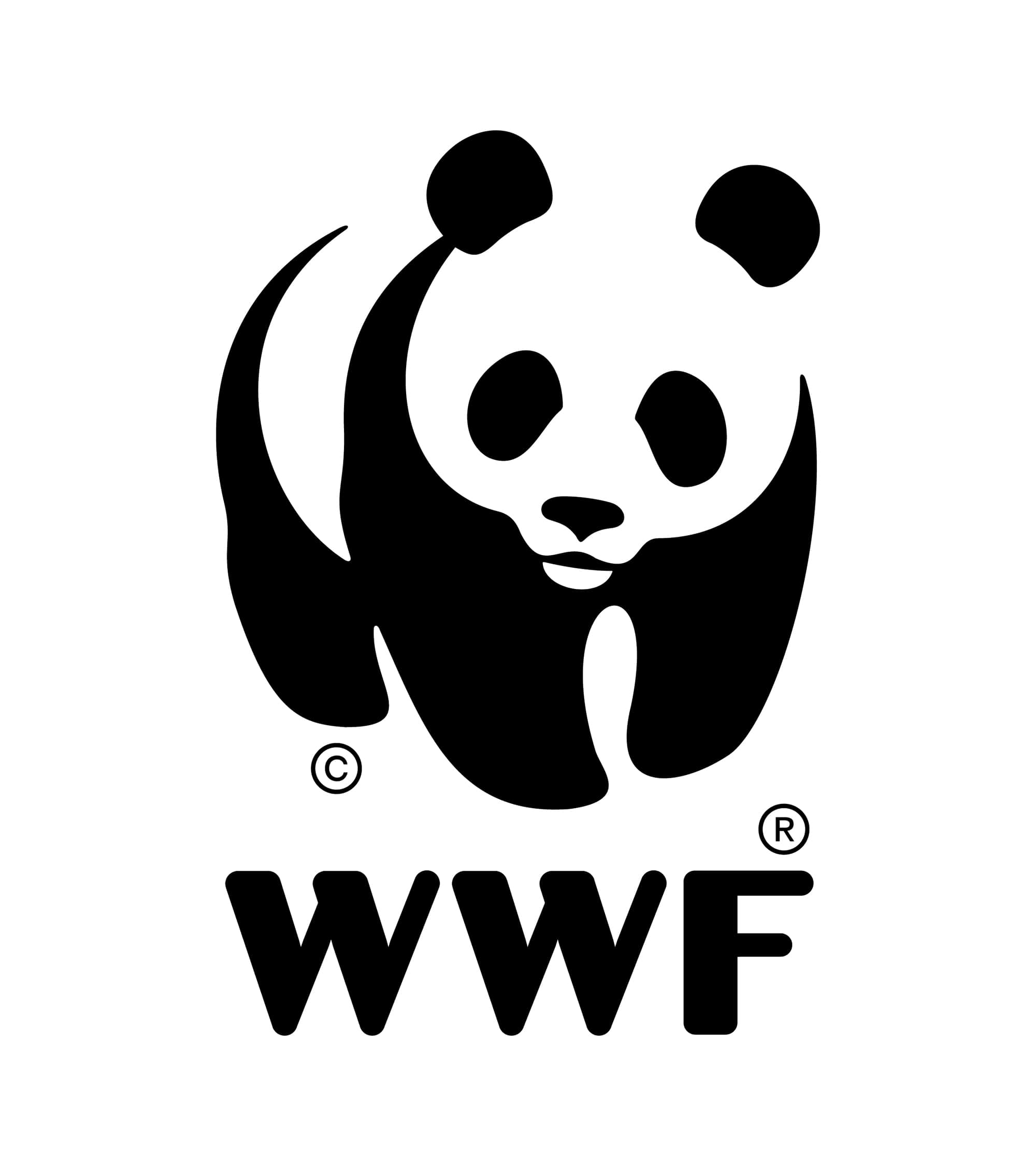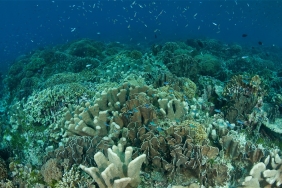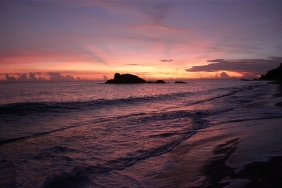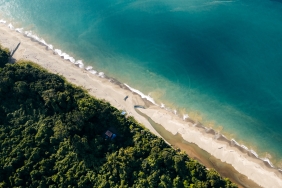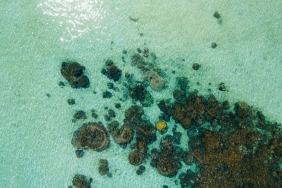1800 MANGROVES GREEN THE COAST OF PINRANG
Camping in nature is not a new activity for young people. However, young people who are members of the Pinrang Regency Mangrove Guard in South Sulawesi, interpret camping activities not only close to nature, but also contribute to its sustainability.
Garda Mangrove is an organization of various environmental communities in Pinrang and Pare. This movement is a form of collaboration to improve the coastal ecosystem of South Sulawesi collectively and sustainably.
Conservation Camp (3-5/11/18) is one of Garda Mangrove's agenda to take action together to plant mangroves, supported by PT Bogatama Marinusa (PT Bomar) and WWF-Indonesia.
When mangroves grow and widen the coastline, it is very useful to prevent coastal abrasion that can erode shrimp pond areas. Mangroves also provide a habitat for mangrove ecosystem species, including fish, wild shrimp, shellfish, and crabs.
Currently, in South Sulawesi, shrimp production is not as productive as it was 20 years ago, when calculated by survival rate. This is partly due to the declining quality of the environment, which is not able to control diseases.
Bringing the theme 'Connecting People to Nature',over the course of two days, approximately 40 Conservation Camp participants engaged in discussions of the coastal environment.
Ir. Haeruddin, M.Si, lecturer of Fisheries Department of Universitas Muhammadiyah (UMP), Pare-Pare, South Sulawesi, to explain the benefits of Sargassum sp waste to be used as raw material for probiotics to improve the water quality of fish ponds and ponds. The second speaker was a UMP Law Lecturer, explaining about coastal environmental advocacy. In the evening, Taufik Sabir, a local community leader, led the participants in a discussion on how to organize the future of individuals, groups and regions.
1800 Mangrove Saplings Green the Coast of Wiringtasi Village, Pinrang
The second day, Sunday, November 4, 2018, the Garda Mangrove team, together with WWF-Indonesia and PT. Bomar planted 1800 mangrove trees on the coastal waters around the Wiringtasi Village pond, Suppa District, Pinrang Regency. The Garda Mangrove team planted from 10:00 am to 2:00 pm.
They remained enthusiastic about planting mangroves in the midday sun. Starting from a briefing by Fuad Faturrahman, the mangrove planting coordinator, followed by the division of tasks, in this case, there are those who stick ajir (mangrove retaining wood) at the bottom of the beach, and there are those who plant mangroves and then tie the mangroves to ajir. The mangrove activists planted with great joy, although some complained of itching in the legs and parts of the body.
The planting site is also a target for future plastic surveys, because it is a place where plastic waste accumulates, especially the remains of mineral glass drinks. Scattered very densely on the beach. The garbage is thought to have come from other areas, which eventually landed after being carried by the current.
On Monday, November 5, 2018, mangrove planting continued on the coast of Maritengae Village, Suppa District, Pinrang Regency. This location is already densely populated with mangroves on the coastline, but it is still necessary to increase the density of mangroves adjacent to tiger shrimp, vannamei, and milkfish polyculture areas in the vicinity. Mangroves planted in Maritengae, about 2000 seedlings.
Which Areas Are Suitable for Mangrove Planting?
Previously, on October 26-28, 2018, the mangrove planting team had conducted a search for locations that were suitable for mangrove planting in Pinrang. The three main recommendations at that time were Wiringtasi Village and Maritengae Village, Suppa Sub-district, as well as the waterways of the Duampanua pond area, Pinrang. These areas were chosen because they meet the requirements for mangrove planting, including:
- The area to be planted is indeed a mangrove area or has a history of mangrove growth
- The area has grown mangrove seedlings of Rhizopora,which is also the type of mangrove to be planted
- The mangrove planting sites are located in coastal areas where there are tides, and protected from large waves, because it is a bay area, in this case the bay of Pare-Pare, 4). All three sites have minimal animal pests, such as goats and cows.
- The area has obtained agreement with local leaders and communities. The community also took the initiative to help maintain the mangroves.
**
The number of mangroves that have been planted by PT Bomar together with WWF-Indonesia, assisted by the Garda Mangrove team, and the Aquaculture Celebes Community (ACC) is 17,000 trees. PT Bomar is committed to plant 60,000 mangroves as a form of rehabilitation of 50% of the traditional tiger shrimp pond area registered to obtain ASC Shrimp certificate.
